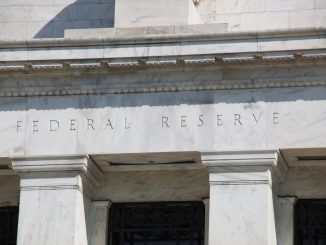T-bills at zero? 2-year notes less than 1%? 5-year notes less than 2%? Locking up your money for 30-years at 3.30%?
If these yields make it sound more like you are donating your money to the Treasury rather than lending it to them, you aren’t alone. People are going to struggle to buy anything at such low yields.
But your normal precepts about interest rates are not going to hold in a ultra-low inflation (or possibly deflationary) environment. Be careful reflexively assuming that one should short rates at these levels.
Be especially careful taking your bond allocation into cash at this point. Money market rates are much more likely to fall than to rise. Currently fed funds futures predict an 64% chance that the Fed will cut to 0.5% on December 16, and a 36% chance they will cut to 0.25%. Recently, J.P. Morgan joined UBS and others expecting the Fed to cut all the way to zero eventually. At that point, 2% on 5-year notes won’t seem so ridiculous. And the odds are good that short-term rates will stay low for a long time. So holding cash waiting for better yield opportunities isn’t likely to be a winning strategy.
In addition, consider the diversification effect. For most investors, bonds are meant to be an offset to riskier allocations. When stock prices fall, Treasury prices tend to rise, helping to at least stabilize one’s portfolio to some degree. If stocks continue to fall, cash rates are all the more likely to got to zero. If stocks rise, you won’t be complaining about money lost on intermediate bonds!
Of course, ultra low rates hurt income oriented investors the most, such as someone already retired. Those investors really should be looking away from Treasury bonds at this point anyway. 5-year Treasury rates might only be 2% but five-year non-call Agency bonds are still north of 2.75%. For that matter, 5-year municipal bonds are still available at 3% tax free. Agency-backed mortgage bonds carry yields over 5%. These are all sectors where buy-and-hold investors should be able to find bonds with minimal credit risk, and can therefore ignore periodic marks and just collect the income.
So when you see interest rates hitting all-time lows, remember that the U.S. hasn’t faced this confluence of deflationary forces since the Depression. Investors are going to need to adjust their expectations about interest rates accordingly.




Leave a Reply